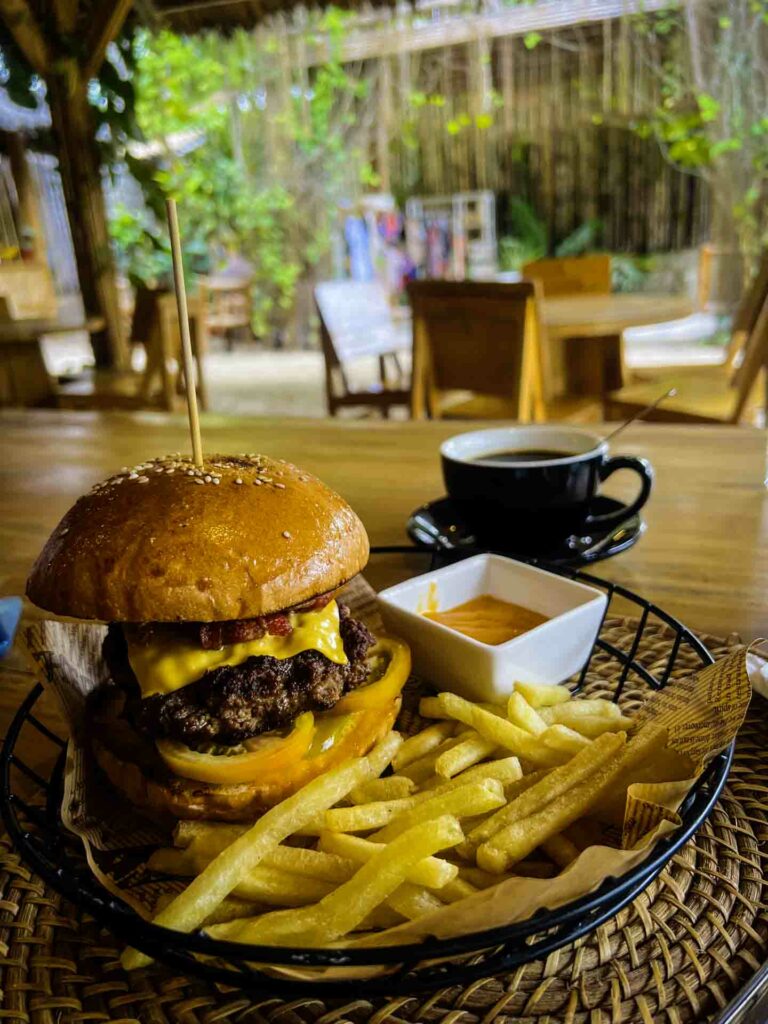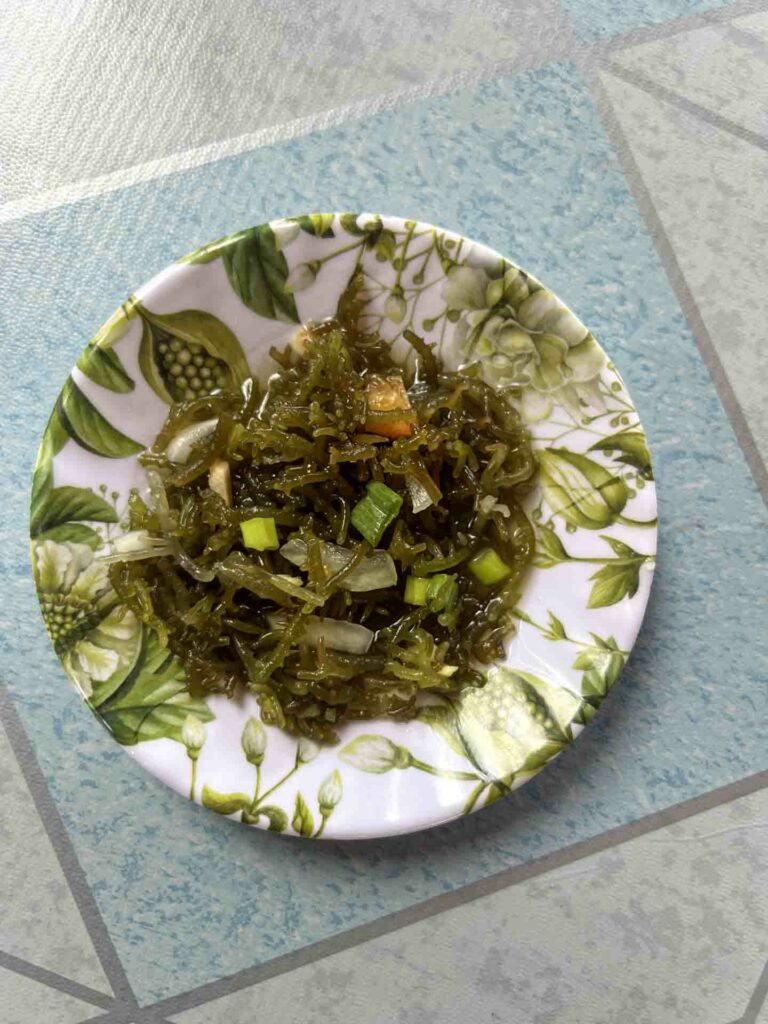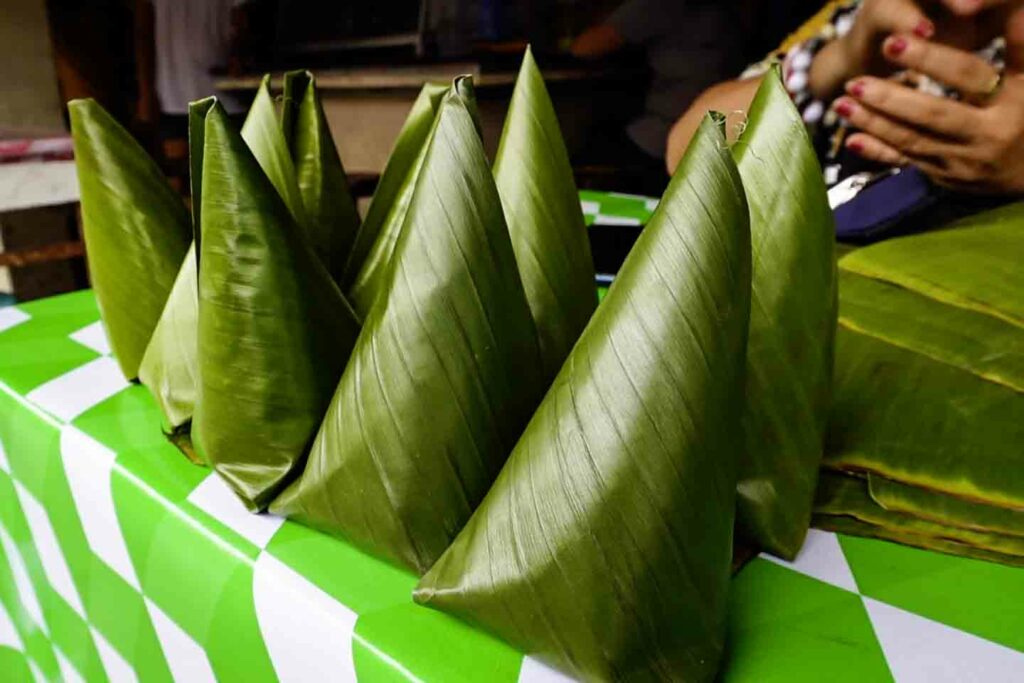Although it’s known for its stunning beaches and beautiful waterfalls, traditional Siquijor food is a great way to learn about culture.
Just off the island of Cebu, Siquijor, is a small island that is becoming more popular for holidays. Visitors are drawn to its pristine beaches, clear waters and lush landscapes.
But it has a another side as it’s often referred to as the “Mystic Island,” it has a reputation for healing practices and folk magic.
Filipino Food in Siquijor
Siquijor is becoming more popular to both Filipino visitors and international travelers. To meet demands there are lots of western food options popping up pizza or tacos.
But the traditional Filipino food scene still exists and it’s a great way to experience local life. It”s different than food in Manila, Siquijor food reflects history and culture, sharing a mix of indigenous ingredients and influences from Spanish and Chinese cuisines.
Common foods feature fresh seafood, tropical fruits and locally grown vegetables.
Traditional cooking methods often include grilling, boiling, and stewing, highlighting the island’s fresh produce and flavors.
And don’t forget to ask what Filipino drinks are available as many smaller mom and pop shops will make traditional options.
.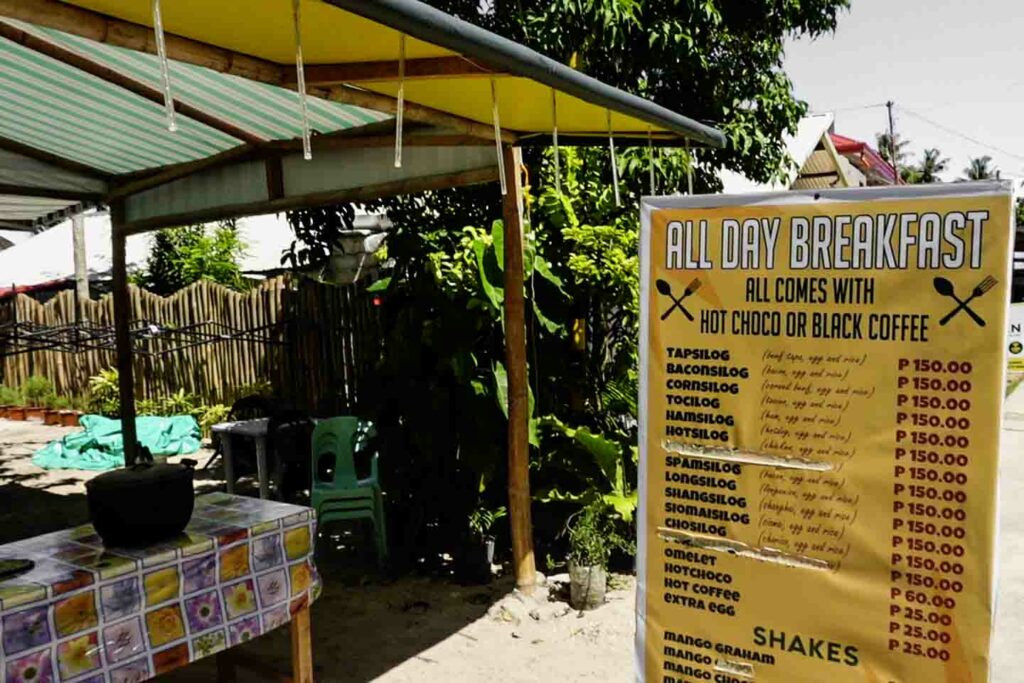
Traditional Siquijor Food You Must Try
Inihaw na Panga ng Tuna
Inihaw na Panga ng Tuna, or grilled tuna jaw, is a popular dish in Siquijor. The tuna jaw is marinated in a mixture of soy sauce, calamansi, and spices before being grilled.
The grilling process enhances the smoky flavor and tenderizes the meat. This dish reflects the island’s fishing culture and highlights the use of fresh, local seafood.
.Lato (Sea Grapes)
Lato, or sea grapes, is a unique seaweed found along the shores of Siquijor. It features small, green, round clusters that resemble grapes.
Typically served fresh, it is often combined with tomatoes and onions, dressed with vinegar. The texture is crunchy, with a mildly salty flavor that reflects the island’s coastal environment.
This dish showcases the island’s abundant marine resources and is a staple in local cuisine.
Biko
Biko is a sweet rice cake made from glutinous rice, coconut milk, and brown sugar. In Siquijor, it is often served during festivals and special occasions.
The rice is cooked until sticky and mixed with the sweet coconut mixture, then steamed. Biko has a rich, sweet flavor and a chewy texture, showcasing the island’s agricultural products and traditional dessert-making techniques.
.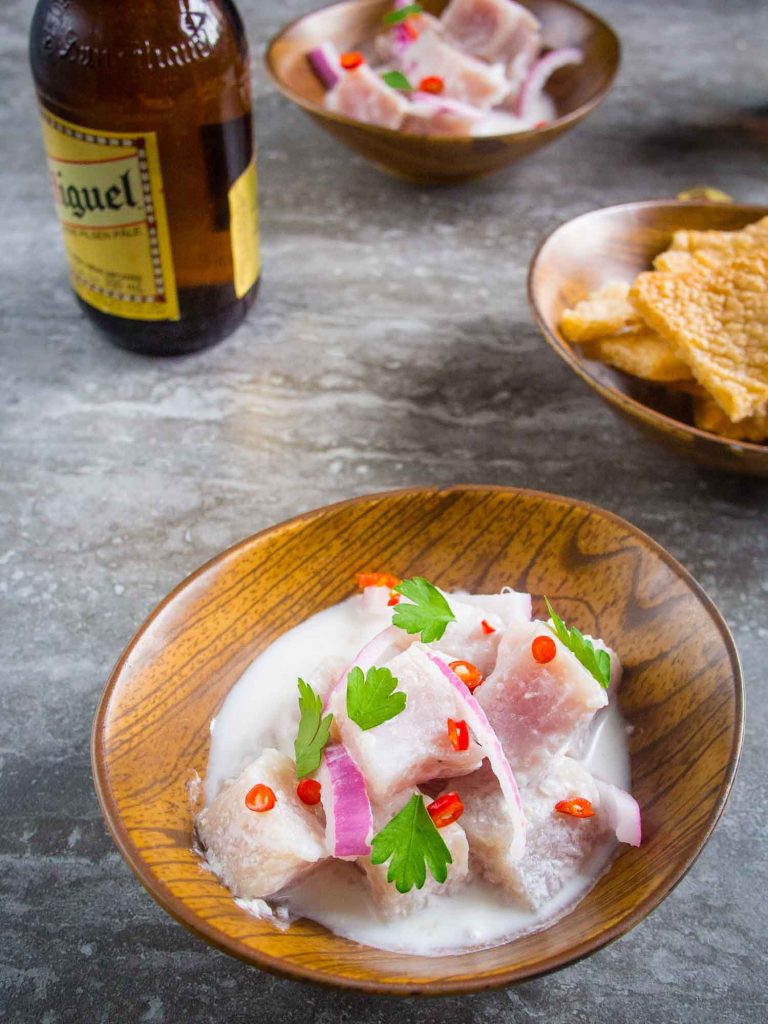
Kinilaw na Lapu-Lapu
Kinilaw na Lapu-Lapu is a traditional dish made from fresh grouper fish, marinated in vinegar and citrus juices.
The fish is diced and mixed with onions, ginger, and chili peppers. The acidity ‘cooks’ the fish, resulting in a tender texture.
This dish has a refreshing and tangy flavor, highlighting the island’s seafood and culinary practices influenced by Spanish traditions.
Adobong Saging
Adobong Saging is a unique Siquijor dish featuring banana hearts cooked in a traditional adobo style.
The banana hearts are sliced and sautéed with garlic, vinegar, and soy sauce. The dish has a savory and slightly tangy taste, with a tender texture.
This preparation highlights local ingredients and the island’s agricultural bounty, offering a vegetarian twist on the classic adobo.
.Puto Maya
Puto maya is a sticky rice cake made from glutinous rice and coconut milk. It is very popular for breakfast in Dumaguete and Oslob. In Siquijor, it is often served with ripe mangoes or a drizzle of sugar.
The rice is soaked, steamed, and shaped into small cakes. It has a slightly sweet flavor and a chewy texture. This dish reflects the island’s agricultural practices and showcases local rice farming traditions.
Tultul
Tultul is a traditional dessert made from boiled or steamed cassava mixed with coconut milk and sugar. In Siquijor, the mixture is shaped into small cakes and wrapped in banana leaves.
The dish has a sweet, nutty flavor and a chewy texture. Tultul showcases the island’s root crops and reflects indigenous cooking methods.
.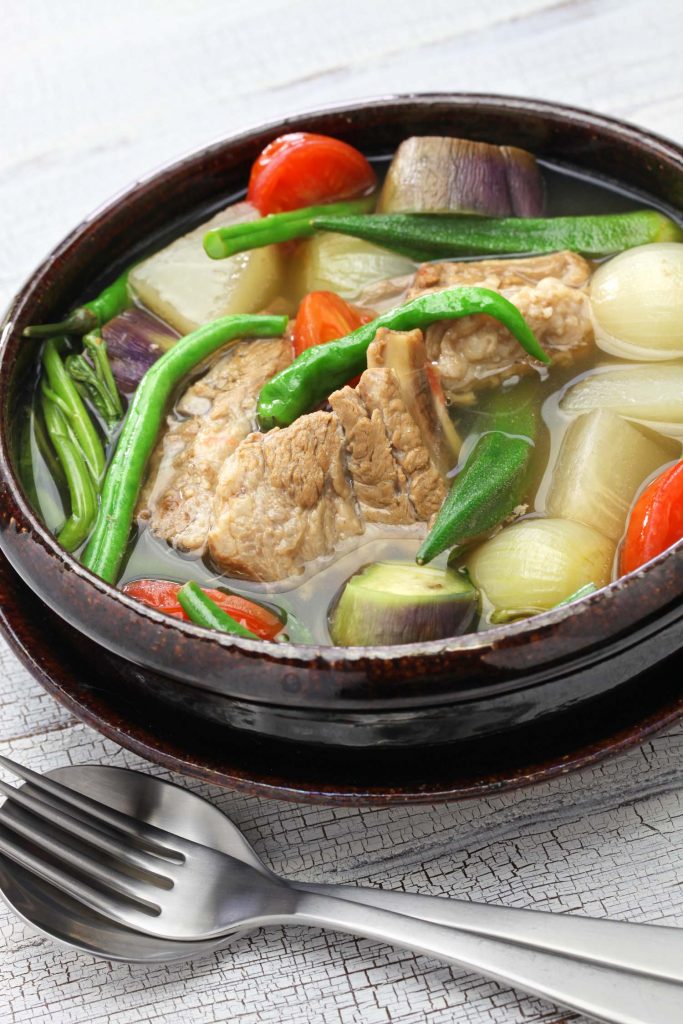
Sinigang na Baboy sa Bayabas
Sinigang na Baboy sa Bayabas is a variation of the traditional sour soup, using pork and guava as the souring agent.
The dish includes fresh vegetables like radish and eggplant. The guava imparts a unique sweetness and tanginess to the broth.
This comforting dish showcases the island’s local produce and reflects the culinary influences of Filipino cuisine.
Labanos at Bawang
Labanos at bawang is a simple dish made from sautéed radish and garlic. The radish is cooked until tender and seasoned with soy sauce.
This dish is often served as a side dish, highlighting the island’s local vegetables. The combination of flavors is simple yet satisfying, showcasing traditional Filipino cooking.
Suman sa Lihiya
Suman sa lihiya is a sticky rice cake made with glutinous rice and lye water. In Siquijor, it is wrapped in banana leaves and steamed.
The dish has a chewy texture and is often served with coconut milk or sugar. This dessert reflects the island’s rice-growing culture and traditional cooking techniques.
.